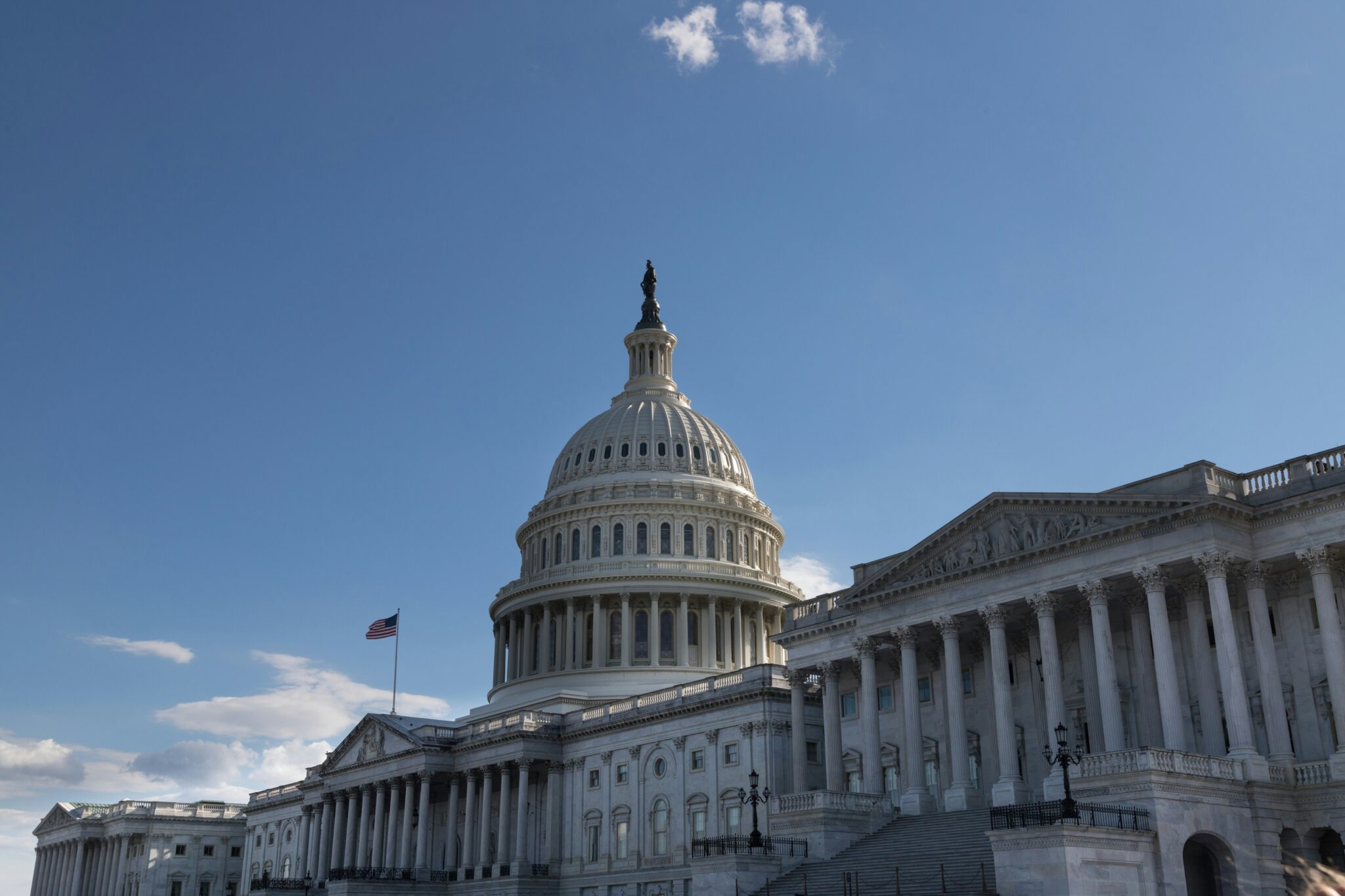Several recent press reports have highlighted the all but certain increased costs of more frequent flooding in coastal areas as sea levels rise. One interesting article ran in the Washington Post last week, describing the repeated flooding that many neighborhoods in Norfolk, Virginia, will face if sea levels continue to rise at the pace predicted by the current patterns of climate change. And similarly, the article paints an expensive picture of the likely federal interventions if policy continues as predicted.
In other words, if Washington does not seriously reform the laws in place to help communities in the face of disaster, we will continue to provide expensive, federally funded band-aid assistance instead of helping prevent future harm and making communities stronger.
Let’s leave aside the worthy debate about what action should be taken to slow the pace of climate change and sea level rise. (Although, for the record, we at Taxpayers for Common Sense think putting a price on carbon would be an elegant way to solve some of our fiscal and tax reform problems while also reducing carbon in the atmosphere.) What I want to talk about today is how we as a country think about responding to floods and other extreme weather events that are happening more and more frequently and with greater intensity, how those habits are exacerbating our already thorny fiscal problems, and what steps we need to take to change this picture.
First, let’s start with the idea that these disasters are unusual events. When coastal and riverine areas flood and property is damaged and sometimes even lives are lost, our country is generous. People give to relief organizations, the president declares a disaster area, and Congress often passes an emergency appropriation bill to quickly move money to the communities that have experienced the most harm. But in today’s world, even the Government Accountability Office (a nonpartisan investigative and analysis arm of Congress) has recognized that the increase in extreme weather events has made them common enough to create an identifiable (if not fully quantifiable) long-term liability for the country. Moreover, although emergency appropriations bills are often sold as critical to get resources to hard-hit communities, we already have a disaster relief fund in place that provides immediate cash assistance through the Federal Emergency Management Agency.
We would be better served by looking at actual rebuilding needs rather than estimating losses in the height of our emotional responses to images of storm damage and hurting families. But this too requires political courage – think of the outrage that politicians voiced when the Sandy relief bill was passed more than 60 days after the storm.
And then the rebuilding begins. Because federal policy is focused on rebuilding and not preparing for the next storm, communities have incentives to rush quickly to rebuild the structures that were there, possibly adding new flood protection elements in hopes of making the next disaster less harmful. However, few communities work to identify ways to prevent harm to property and people by building differently or by relocating people in particularly vulnerable areas. We have no incentives in place to help communities to make the difficult decisions that, while they may be expensive up front, are the much better value because they lessen our long-term liabilities. We need to help communities plan for disasters, so that once disaster strikes, those communities are in a position to provide relief that is both timely and smart. We should reward, not punish, communities that make hard decisions that require upfront investments for the avoidance of long-term harm, such as buying out neighborhoods most likely to feel the impact of repeated floods. Buyouts are something communities around the world have done to protect people and reduce long-term liabilities, but there are too few examples of American communities using this as a strategy.
Crafting buyouts is only one of the many ways we should think about reforming our current policies and habits of responding to disasters. We need to think about how to keep communities working and safe, and to make the most of the dollars we invest in responding and rebuilding. As Americans, it’s in our DNA to shake our fist at Mother Nature and vow to rebuild as before. But considering the increased costs of maintaining the status quo, if we don’t change our approach, it better be a fistful of cash.










